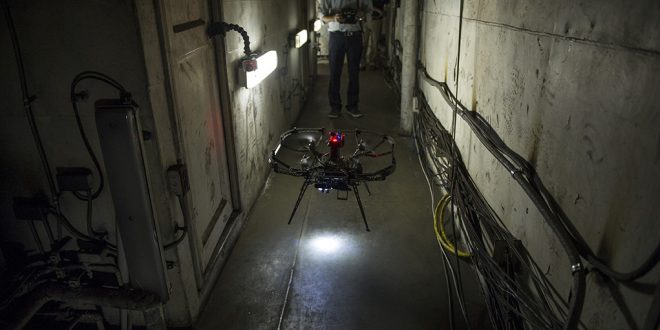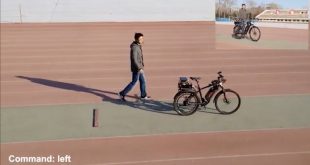By: Dan
Having drones learn to fly themselves can prove very useful. Abhinav Gupta, an assistant professor in Carnegie Mellon University, built a framework where the the drone in question would crash over and over again. The drones were instructed to fly slowly until it collided with something, and then turn around and fly in a new direction. By doing this and sending back data repeatedly, the drone then trained itself to be able to fly successfully all by itself. They subjected the drone to more than 11,000 collisions in 20 different environments.
The algorithm controlling the drones splits the image the drone sees and turn it in the direction that seems less likely to result in a crash. Currently, the only problems the drone runs into are glass doors and plain walls, but those can be fixed later. In the future, where drones carry out tons of different tasks in different environments, this technology can prove useful.
 Tempus Magazine By Students, For Students
Tempus Magazine By Students, For Students 



